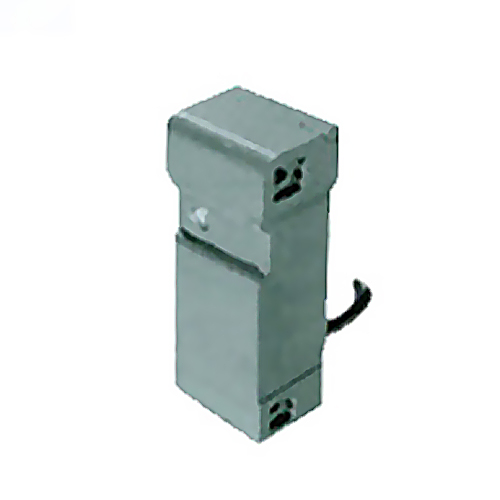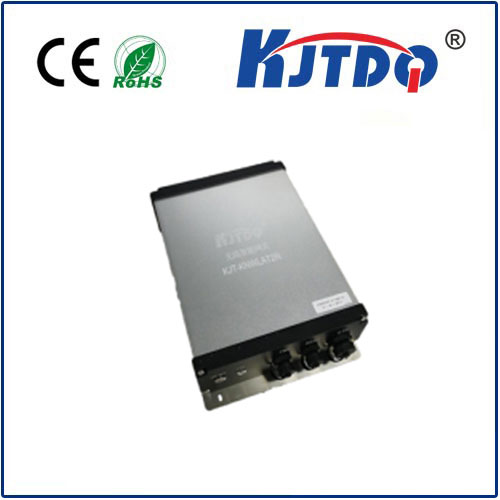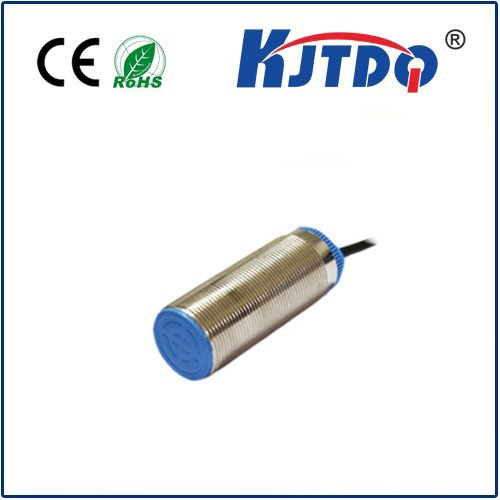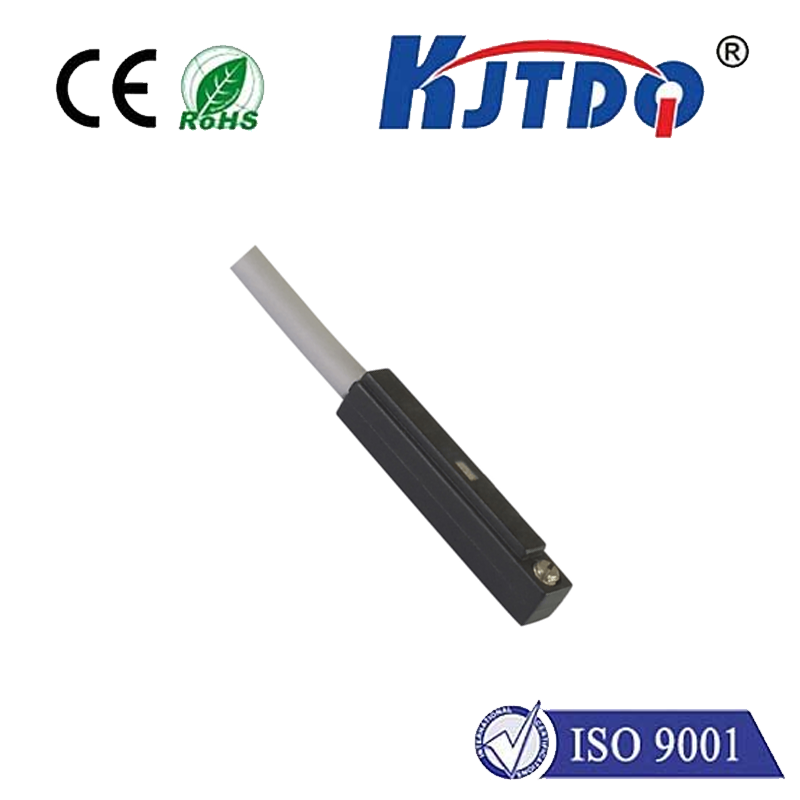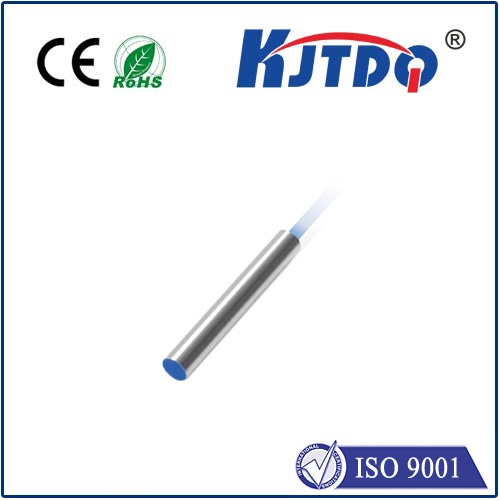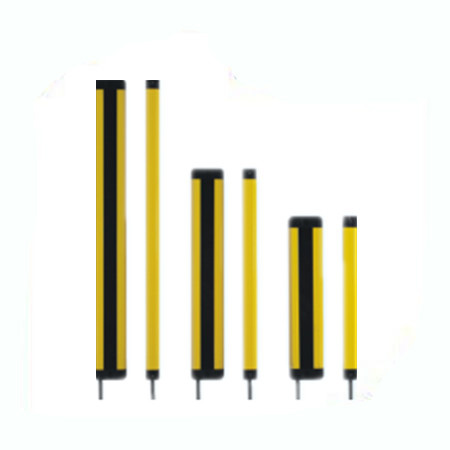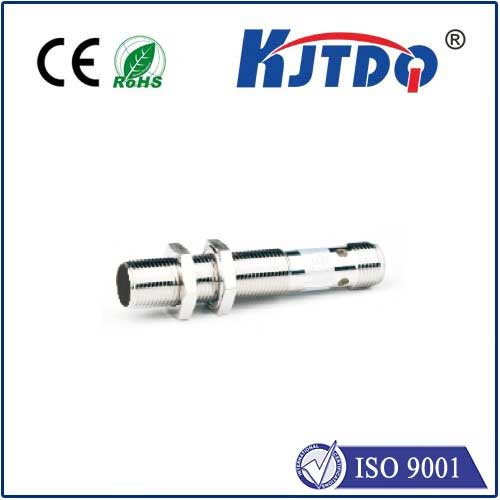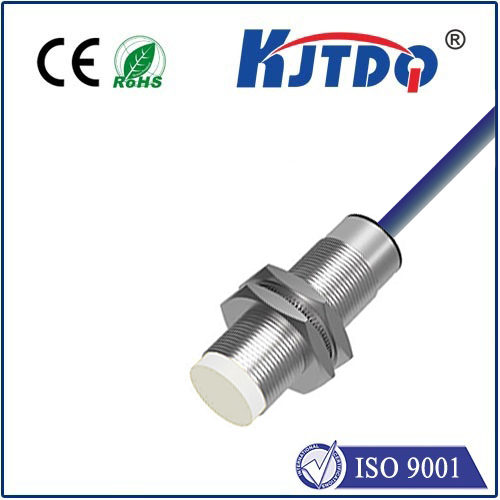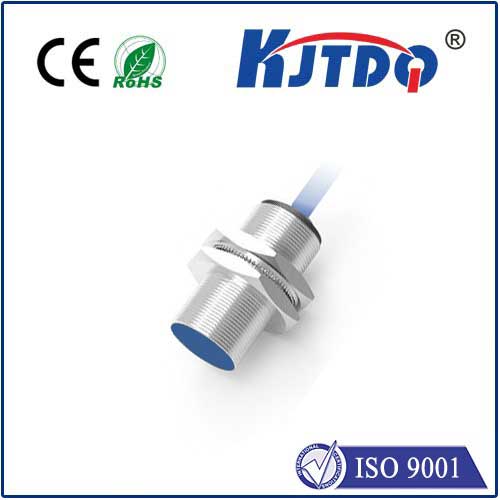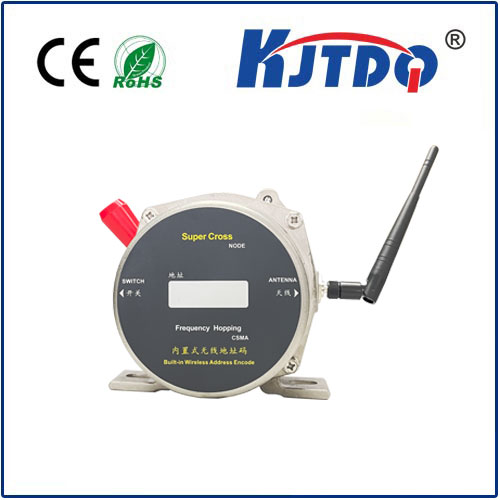

check

check

check

check
In the intricate dance of modern machinery and automated processes, countless tasks happen silently, precisely, without a whisper of human intervention. Metal parts glide into position, robotic arms swing with uncanny accuracy, and assembly lines hum with relentless efficiency. Behind this seamless orchestration lies a fundamental technology often overlooked yet utterly indispensable: the proximity sensor. And among these workhorses, the BES02Z9 model stands out as a robust and reliable solution, particularly in demanding industrial environments. So, what makes this specific “BES02Z9 proximity sensor” so critical?
At its core, the BES02Z9 is an inductive proximity sensor. This designation is crucial. Unlike sensors reliant on physical touch or complex optics, inductive sensors use an electromagnetic field to detect the presence of metallic objects – without any physical contact. Think of it as an invisible, ever-vigilant sentry. When a metal target enters the sensor’s predefined sensing range, it disrupts the electromagnetic field generated by the sensor’s coil. This disturbance triggers an internal electronic switch, sending a clean, unambiguous signal: “Target detected.” This non-contact detection principle is the cornerstone of its reliability and longevity.
Why is this non-contact nature so significant? Imagine a sensor constantly scraping against moving parts – wear and tear would be inevitable, leading to premature failure and costly downtime. The BES02Z9 entirely avoids this. Its solid-state construction, devoid of moving parts, makes it exceptionally rugged and durable. Designed to meet stringent industrial standards, sensors like the BES02Z9 typically boast impressive IP67 or IP68 ratings, signifying high resistance to dust and powerful water jets or temporary immersion. This resilience is non-negotiable in environments filled with metal chips, coolants, oils, and vibration – common in manufacturing, packaging, and material handling.

The BES02Z9 proximity sensor excels in its simplicity and effectiveness. It typically offers a choice of NPN or PNP output configurations (three-wire), easily integrating into diverse control systems like PLCs (Programmable Logic Controllers). Its fast switching speeds ensure it can keep pace with high-speed production lines. Furthermore, its inherent design provides excellent immunity to common industrial nuisances like dirt, dust, and moisture (within its IP rating), unlike optical sensors that can be blinded by debris. The sensing distance, or “switching distance,” for a specific BES02Z9 variant is a key specification, determining how close a target must be for reliable detection. Models are often available in different sensing ranges (e.g., 2mm, 4mm, 8mm) and housing shapes (tubular like M8, M12, M18, M30, or rectangular block styles) to suit various mounting constraints and application needs.
Where does the BES02Z9 proximity sensor truly shine? Its versatility makes it ubiquitous across countless industrial applications:
The BES02Z9 proximity sensor embodies the principle of robust simplicity. It doesn’t perform complex measurements; instead, it executes one fundamental task exceptionally well: reliably detecting nearby metal objects. Its widespread adoption in industrial settings isn’t accidental. It stems from a proven combination of ruggedness, reliability, ease of integration, and cost-effectiveness. Choosing a reputable sensor line like the one the BES02Z9 belongs to means investing in minimized downtime – a critical factor for maintaining production efficiency. Engineers and maintenance personnel consistently value the long service life and low maintenance requirements of such inductive sensors.
When selecting a sensor like the BES02Z9, careful consideration of the operating environment is paramount. While incredibly resilient, factors like extreme temperatures (requiring specific temperature range variants), the type of metal target (ferrous metals like iron and steel are detected at greater distances than non-ferrous metals like aluminum or brass due to differences in conductivity), target size and shape relative to the sensor face, and potential electromagnetic interference must be evaluated. Consulting the detailed manufacturer datasheet for the specific BES02Z9 variant is always essential to ensure optimal performance. Key parameters to review include the rated operating distance, power supply voltage, output type (NPN/PNP), switching frequency, housing material, and, of course, the IP rating.
From the rhythmic beat of an automotive assembly line to the precise movements of CNC machinery, the BES02Z9 proximity sensor operates unseen, its metallic targets passing within its electromagnetic field countless times daily. It’s a testament to engineering designed purely for functional reliability. In the demanding world of industrial automation, where every second of downtime translates to cost, the ability to consistently and accurately sense presence or position forms the bedrock of control. The BES02Z9, with its robust inductive technology and proven industrial pedigree, remains a fundamental, trusted component, quietly and reliably enabling the complex automation that defines modern manufacturing. Its role as an essential feedback component might be invisible to the end-user, but it’s absolutely indispensable to the smooth, efficient, and continuous operation of the systems it serves.
